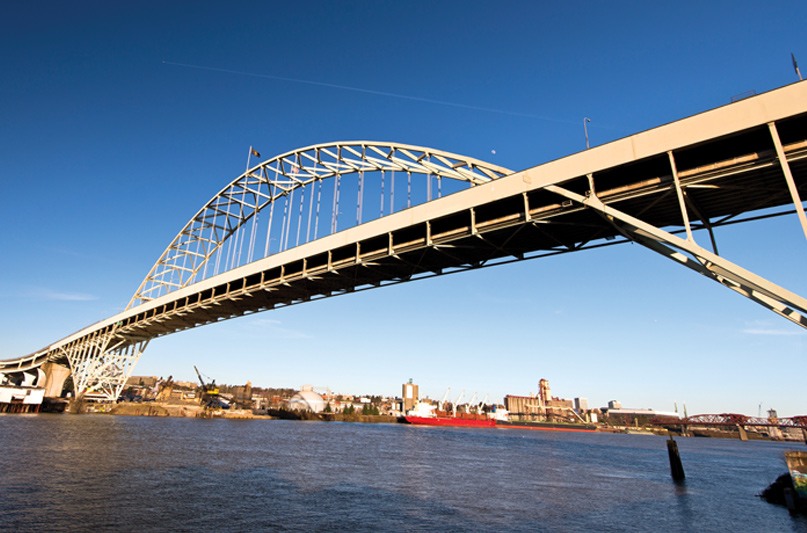 The State of Oregon, the City of Portland, and the U.S. Environmental Protection Agency (EPA) agreed to provide $24 million to help fund the detailed cleanup plans for the Portland Harbor Superfund site.
The State of Oregon, the City of Portland, and the U.S. Environmental Protection Agency (EPA) agreed to provide $24 million to help fund the detailed cleanup plans for the Portland Harbor Superfund site.
If you’re unfamiliar with it, the Superfund site is a 10-mile stretch of the Lower Willamette River between the Columbia Slough and Broadway Bridge that has an extensive history of shipping, industrial, and commercial activity because of its prime location for industry. The EPA placed it on the Superfund National Priorities List in 2000 and is now working with over 100 Responsible Parties, coordinating with federal, state, local, and tribal partners to implement the Record of Decision.
The $24 million in funding aims to encourage responsible parties to step up quickly and complete the detailed cleanup designs across the Superfund site before the joint offer expires at the end of the year.
EPA Administrator Andrew Wheeler remarks on the offer, stating, “We hope all responsible parties will step up to take advantage of this unique fund-ing opportunity.”
“This agreement with the City of Portland and the State of Oregon,” says Wheeler, “represents another important milestone in our progress toward cleaning up the Lower Willamette River… The City and State are showing strong leadership and commitment to moving the cleanup forward.”
Chris Hladick, the EPA Region 10 Reginal Administrator, chimes in, noting the collaborative work between the state, city, tribal, and federal partners, and the community this project will affect in the future. “The cleanup will reduce health risks to people, fish, and wildlife in the Lower Willamette River,” he states, “and set the state for commercial and industrial redevelopment and revitalization of the river and waterfront in the economic heart of Portland.”
The active cleanup construction work of the Lower Willamette River 10-mile stretch is expected to take approximately 13 years and cost about $1 billion.


